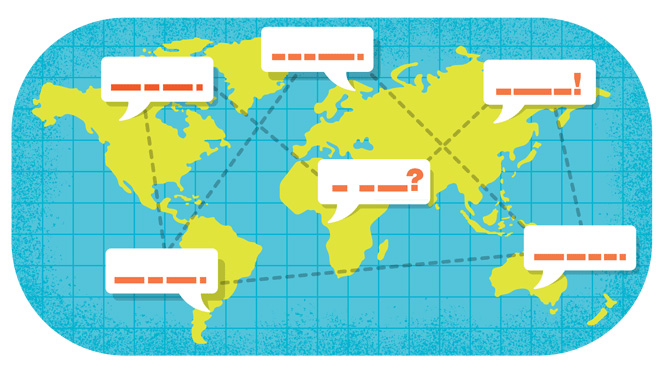Working in teams makes inclusion essential.
I believe everyone has at least one unique, innate, instinctive capability that is core to their being. I also believe that sometimes these capabilities are so intuitive that we fail to recognize them in ourselves. I call these strengths superpowers. Mine is helping others to recognize superpowers in themselves, and in each other. My work around superpowers prompts two questions, one personal and one communal. What happens to our individual self-image when we can see our strengths more clearly? And what happens to our team image?
The first answer is obvious, though important. Knowing our superpowers is empowering. It means that we get to inhabit a life-giving, energizing space where our interests, strengths, and skills align. There is value in knowing what is extraordinary about us and why others value our contributions.
The answer to the second question is less obvious, though no less important. In my leadership work as a coach and educator, one of the most fundamental shifts I’ve noticed is in the identity of workplace communities. The operative unit in organizations is no longer the individual, but the team. This is a response to the new realities of our VUCA world. If the world’s increasing volatility is driven in no small measure by the deep interdependencies resulting from globalization and technology, then why wouldn’t our responses also have a foundation in the power of interdependencies that come from teams?
Wendy Clark, global chief executive of the media and digital marketing communications company Dentsu International, recently spoke to me about the importance of the “team perspective.” The team, she said, is the foundation of success, not the individual. If individuals can’t cohere, then what outcomes can they expect?
But there’s a catch, of course. The need for individuals to cohere may come at the expense of diversity, equity and inclusion. In a well-intended effort to build cohesive teams, employers might end up building homogeneous teams. Employers might conflate unity with uniformity.
This is where a superpower lens can help, as the whole idea is that we need others to help us see ourselves more clearly. We miss out on knowing parts of ourselves if we aren’t in a meaningful community who can name in us the things which we’re not able to see. Only together can we know what we’re fully capable of achieving, and our strengths always exist in a context.
Superpowers, then, have the effect of creating non-competitive agency. If we all know our individual core strength – and if our leader has helped us place it in a larger context – we can operate free of the comparison trap. If a team is built on the premise of superpowers, then everyone must be included. This makes for psychologically secure, resilient teams, because everyone knows where they contribute most vitally and, ideally, are supported in that contribution.
Of course, developing a team on the basis of superpowers doesn’t guarantee perfection. There can always be tension, but as Wendy Clark notes, that can be positive. “When I recruit people on a team, you don’t want homogeneous people who think the same way. You want some tension: it makes you work and think harder!’
When we can see our innate, instinctive and inimitable strengths more clearly, the definition of a ‘good team’ shifts. Our teams begin to rely not on individuals, but on individuals-in-context. Our teams begin to rely on diversity to function. Our teams develop collective superpowers.




